History of Ravenhill Farm
This historical summary has been compiled from extensive research, various archives written by past Ravenhill owners such as Andrew Yeomen and Colleen Croll, and from records of conversations with Nora Thomson, and a few other past residents. Helen Thomson also provided over half a century ago photos that convey lovely memories of the 1920s.
In 1865 the first schoolhouse on the Saanich Peninsula was built on 4 acres that is now part of Ravenhill. The schoolhouse closed in the mid-1870s and no physical evidence of the school's existence remains.
In 1912 Walter Thomson, the third son of William Thomson (pioneer of Bannockburn), returned from South Africa after the Boer War and was given this land by his father where he built what remains today of the basement and farmhouse. The land had likely been cleared at a much earlier date, around 1900 by William Thomson. Walter kept some dairy cows and a team of horses, and he helped out at Bannockburn. One of the daughters, Peg, acted as a housekeeper, and it appears that they had servants.
In 1928 the property was sold by Walter Thomson to Colonel Douglas. Douglas started on major house expansions. A wooden tennis court was completed that overlooked Brentwood Bay. In the basement slept the Chinese cook, taking opium to ease the pain of the cold and damp winter and restrictions of his life (poor soul!).
In 1940 George Westinghouse III bought the property from Colonel Douglas’s son Ian. George was the sole heir of his father’s self-made fortune, one of the greatest in the world at the time, valued around $50 million. George Westinghouse II invented the railway air brake at 23 years of age and would go on to hold 361 patents. After helping to spearhead alternating current, he would grow the Westinghouse Electric Company to be a household name.
George Westinghouse III bought Ravenhill and presented it to his son Aubrey as a wedding gift. Aubrey and his wife Connie named the farm Hawk Barrow, a name that held until it was replaced by Ravenhill in 1979. The Westinghouses leased the land in front of the house to a bulb grower. Aubrey Westinghouse left a delightful photo of children using the tennis court as a play field.
Between 1948 and 1968 this land seemed to have had a great deal of owners. Captain William Gregory, a merchant marine captain, was one of the residents, and he allegedly converted the house into a hotel. The house also served as a boys’ home during this two-decade stretch, was vacant for a short period of the early 1960’s, and was possibly owned by a tea grower from Malaysia.
In 1968 Bob and Colleen Croll purchased the property and started major reconstruction of the house. They removed the third floor attic and completely changed what was a “farm house” structure to a flat-roofed mansard structure. The old basement, much of the floor plan, and a number of internal walls were left intact. The remains of the crumbling tennis court were burnt.
In 1979 Noël Richardson and Andrew Yeomen purchased the property and began major changes to the garden. As they gazed at old photos of the property, Noël and Andrew realized they were actually changing the gardens to be more of reflection of what existed in the 1940s. Noel published 4 books around cooking and gardening. Andrew published a composting manual. They hosted the first Vancouver Island ‘Feast of Fields’.
In September 2014 Brea Segger and Todd Howard purchased Ravenhill Herb Farm. They hosted the 20th anniversary of ‘Feast of Fields’ in 2016 and built a large pond in 2017 that catches rain and mountain run-off to completely irrigate the farm during the growing season.
In 2018 education became the main focus of Ravenhill Herb Farm. Brea and Todd began teaching an 8-week permaculture introduction to high school students; Pacific Rim College began offering its comprehensive Permaculture Design and Resilient Ecosystems Diploma program at Ravenhill; and Pacific Rim College Online created film recording studios (one of which was built from existing barn timbers and clay from a recently excavated irrigation pond at the farm).

